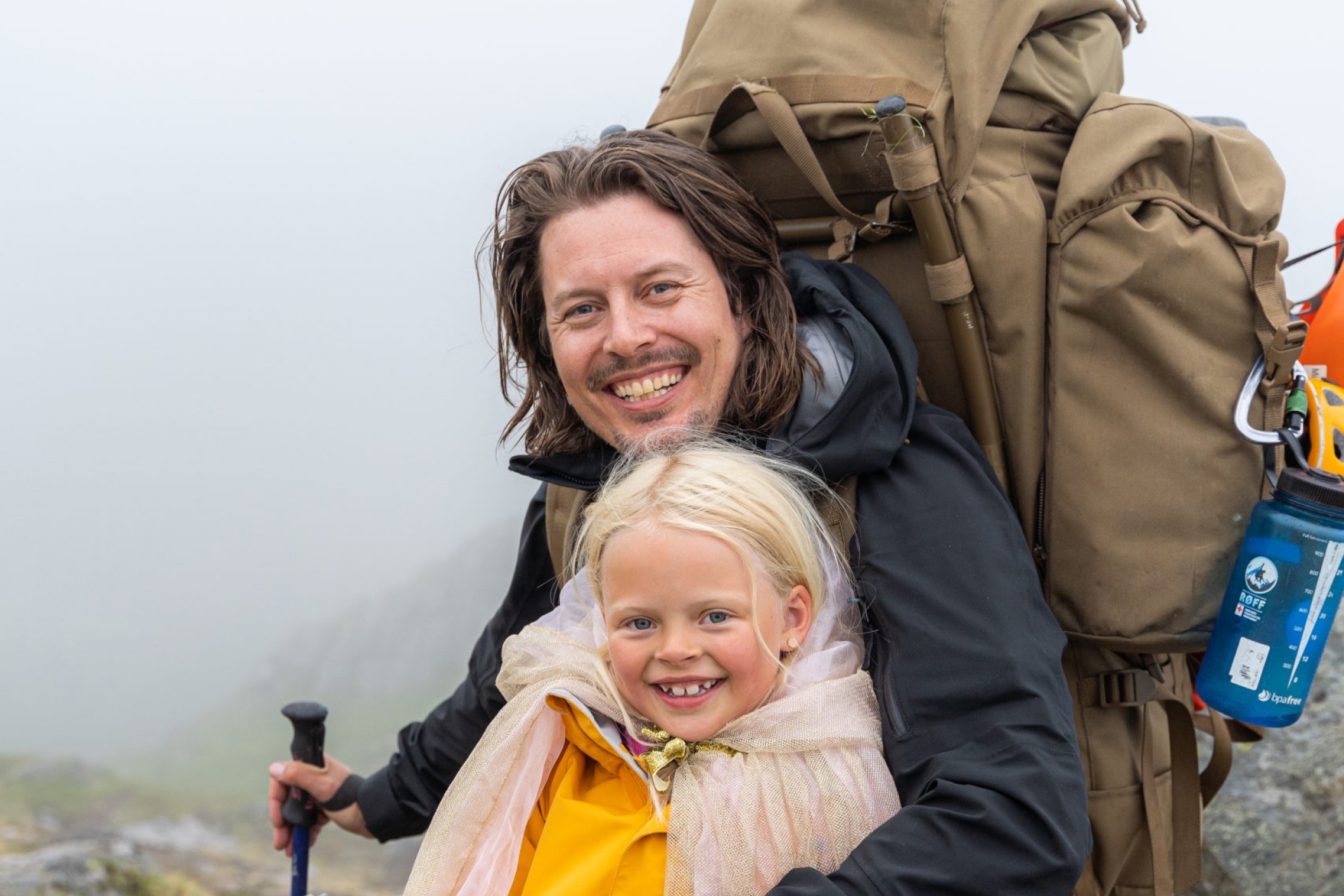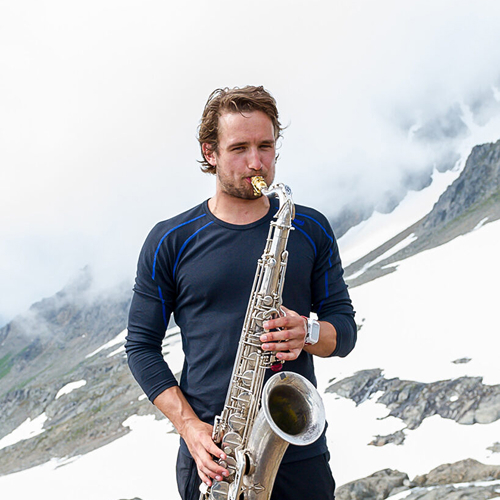Your cart is currently empty!
REAL ambassadors
Our REAL ambassadors live with intention, creating positive ripple effects far beyond themselves. Through environmental action, public health efforts, or stronger communities, they reflect a mindset that matches how we see the world—and the influence we strive to have on it.
Meet the REAL ambassadors
-
REAL ambassador

-
REAL ambassador

-
REAL ambassador

-
REAL ambassador

-
REAL ambassador

-
REAL ambassador

Our ambassadors help shape our products. We learn from their experience, and they share generously. We’re proud to be part of their journey and humbled to support their goals.
Trond-Børre Hansen, CEO.
Get inspired
Our adventurers
Relevant articles
-

Across Finnmark with Mina: A magical father-daughter ski adventure
-

The enchanted troll tree: A magical forest adventure for families
-

Creating adventure magic with the family
-

From military survival expert to outdoor gear authority
-

Nutrition on expedition: How Even Sverdrup fuels extreme endurance
-

Alone at the top: Even Sverdrup’s solo ascent of Aconcagua




















